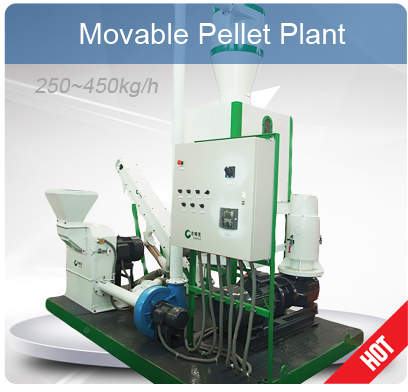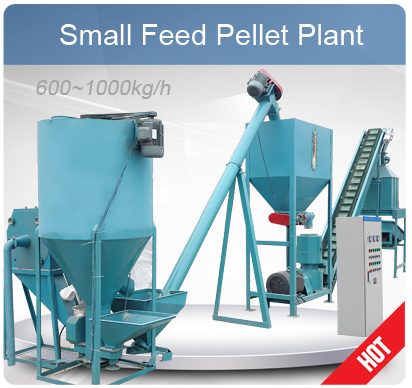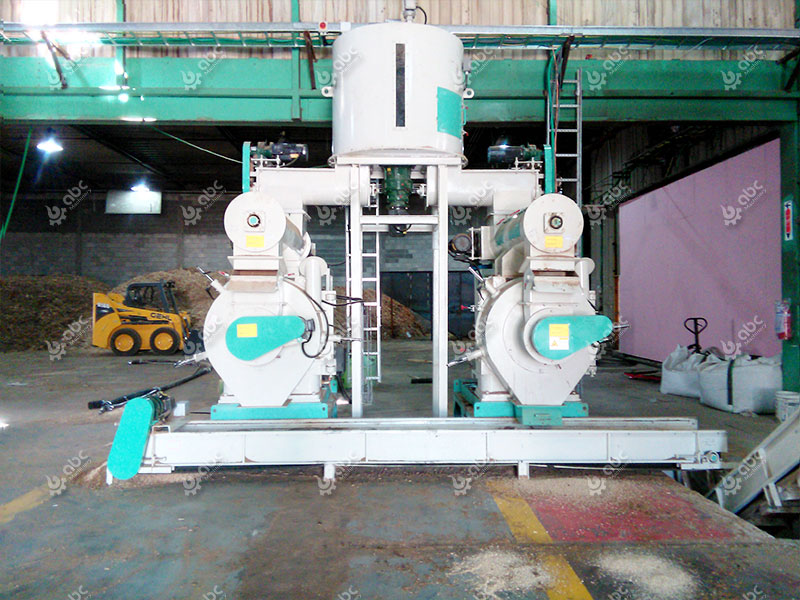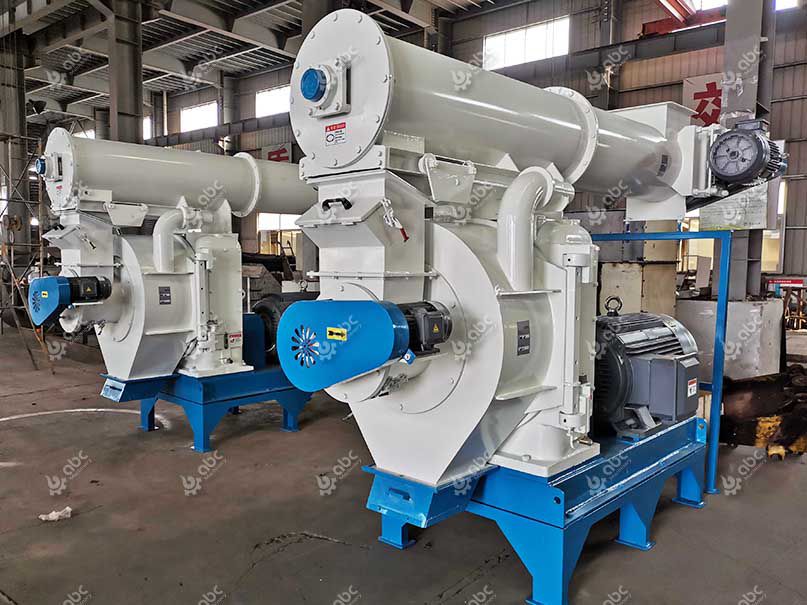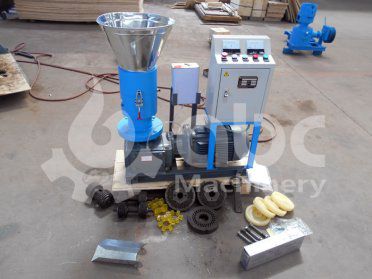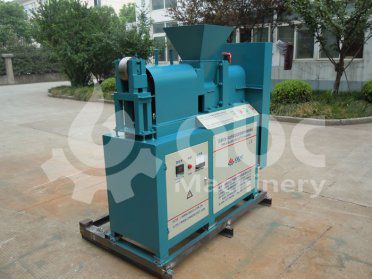Rice husk is an excellent source for fuel just like wood. If you are planning to start a small business of manufacturing fuel pellets from rice husks / hulls, you must be interested in this small rice husk pellet production line which is ordered by one of our client in France. This small line is suitable for capacity 250~600kg/h. The following photos show some details of the main equipment included in this small production line. (How to set up a complete biomass pellet plant?)
Small Scale Rich Husk Pellet Production Equipments
The mainly by product of paddy rice production is rice husks. It has several industrial appliances and can be developed in to a great market. Paddy rice has a varying composition of 72 % of rice, 5-8 % of bran, and 20-22 percent of husk. 20% of the world’s population cultivates paddy for 50% of the world population. An industry that is valued at 240 billion US dollars produced 718.3 million tons of paddy rice over the calendar year of 2011 and has risen at a rate of 16.48 million tons over the last decade. China Egypt and Cuba account to 27.51%, 0.63% and 0.77% of the total global production of paddy.
Ultimate Analysis (Comparison of rice husk, rice straw and wood in %)
| Property | Rice Husk | Rice Straw | Wood |
|---|---|---|---|
| Carbon | 38.7% | 37.7% | 48% |
| Hydrogen | 5% | 5% | 6.5% |
| Oxygen | 36% | 37.5% | 43% |
| Nitrogen | 0.5% | 0.6% | 0.5% |
| Sulphur | 0.1% | NA | NA |
Proximate Analysis (Coparison of rice husk, rice straw and wood in %)
| Property | Rice Husk | Rice Straw | Wood |
|---|---|---|---|
| Volatile Matter | 64.7% | 69.7% | 85% |
| Fixed Carbon | 15.7% | 11.1% | 13% |
| Ash | 19.6% | 19.2% | 2% |
Properties of the Rice Husk Pellets
Rice husk is golden yellow coloured with a brownish red hue. They have outer and inner glumes and have dimensions of 2.5-5mm or 5-10mm in length and 25-30um in thickness. Rice husk pellets contain 40% lignocelluloses and cellulose and 5% hemicelluloses. Crushing increases the bulk density which lies in the rage of 96-160kg/m³. Different industries often require different consistencies, which means the crushing can be standardised according to an industry’s specific needs. The global demand for paddy rice is estimates at 780 million by 2020. Paddy rice husk takes up 20% of the paddy rice weight. 70% of global rice husk pellets is not utilized effectively.

The caloric value of rice husk pellets is 14Mj/Kg which is 35% of the caloric value of diesel or bunker oil, which makes it an excellent burning material. The composition percentages of Rice husk, rice straw and wood are as follows,
Rice Husk Pellet Production Process
- The raw material is passed through screeners which will segregate any dust particles from the husk. It is also at this point that any debris is removed before it can be passed on to the next stage.
- The hammer or grinder is used to reduce the husk into a fine powder and then passed through the pellet mill.
- Finally they are packaged and ready for storage.
Rice Husk Pellets Advantages:
- Rice husk pellets are excellent substitutes for fossil fuels; they only form 6-7% ash when burned in the pellet form.
- Due to their uniform shape, they are much more convenient to transport and store.
- They have a combustion rate of 95% and have only 7-8% of moisture content.
- They can be used in a wide variety of heating systems.
- The importance of rice husk pellets as a fuel is to be noted and used more effectively.

 Build Your Future!
Build Your Future!





